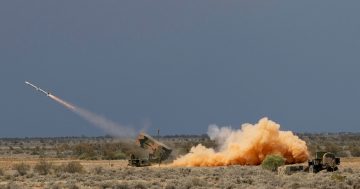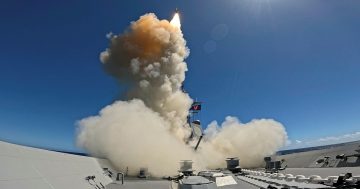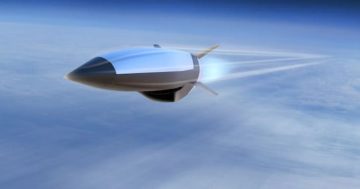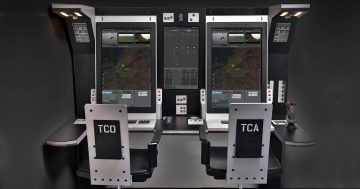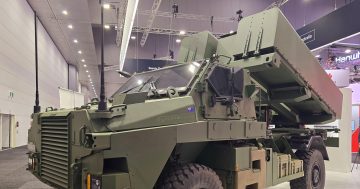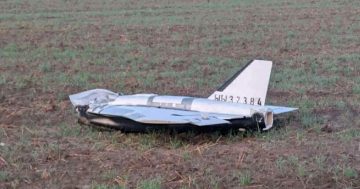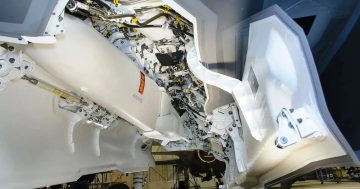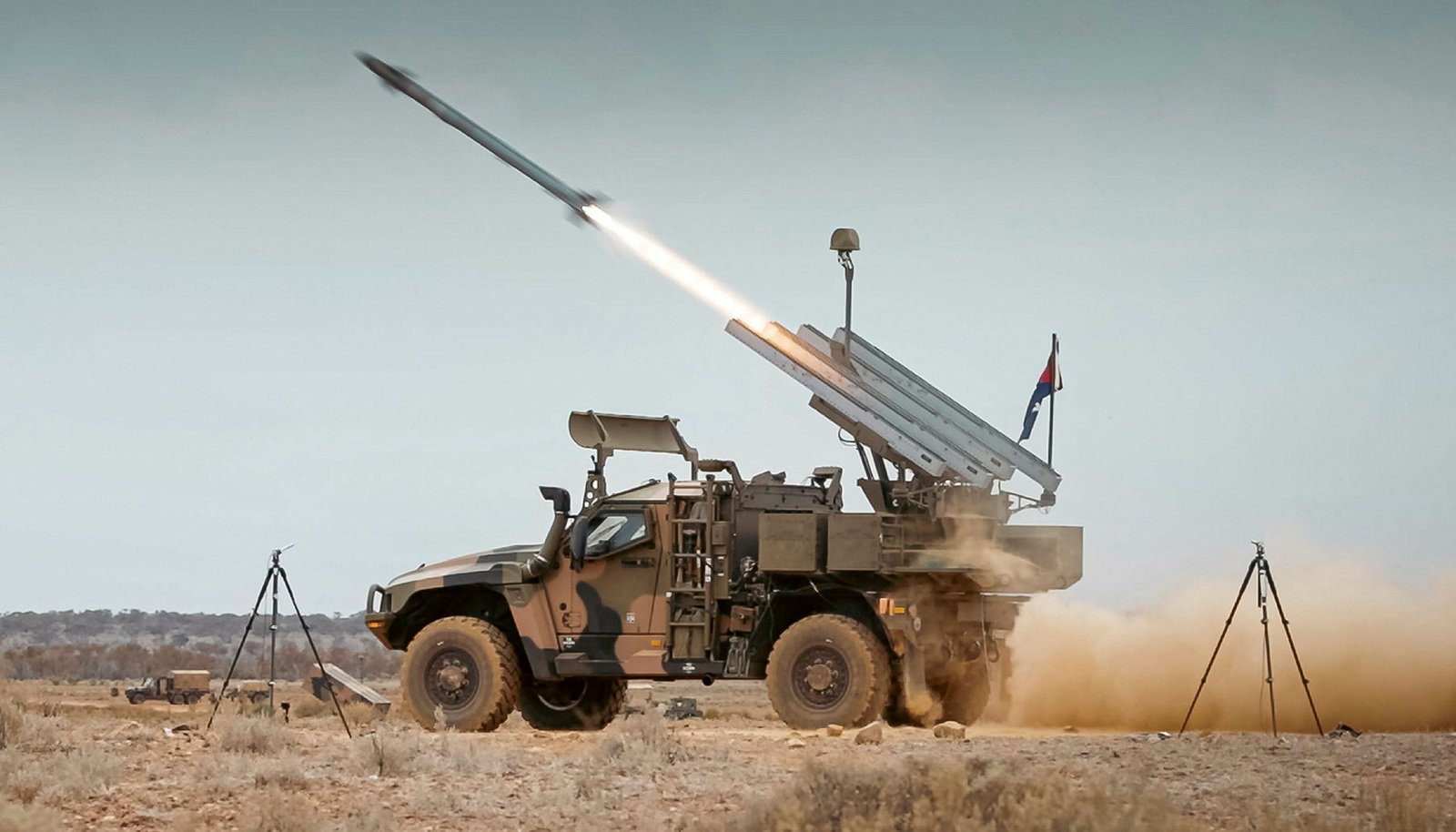
A Hawkei HML launches an AIM-9X missile during tests at the Woomera Test Range. Photos: ADF.
The Australian Army has successfully tested a new missile from its Enhanced NASAMS air defence system.
The tests were a world first for any NASAMS operator, with an AIM-9X anti-aircraft missile fired from a Hawkei high-mobility launcher at the Woomera Test Range in May.
Previously, only the longer-range radar-guided AIM-120C-7/8 AMRAAM had been fired from mobile launchers by NASAMS operators. The addition of the infrared-guided AIM-9X gives Australia and other operators additional flexibility to defend against airborne targets.
Australia ordered the NASAMS under Project LAND 19 Phase 7B to provide a short-range ground-based air defence system, and conducted its first AMRAAM test firings in 2023.
Fully deployable, the system comprises vehicle-mounted radars, high-mobility launchers and a fire control centre. The phased-array radars are provided by Canberra-based CEA Technologies and are considered a world-leading capability.
Prime contractor Raytheon Australia integrated systems from Kongsberg and a host of Australian suppliers at its new integration centre in Adelaide.
With a range of up to 15 kilometres, the AIM-9X is shorter-ranging than the 40 km-plus-range AMRAAM, but is more manoeuvrable and can operate during radar jamming.
Both missiles were initially designed for air-to-air combat, and have much greater range when air-launched because of the altitude of and kinetic boost from launch aircraft.
The HML vehicle can carry up to six AIM-9X or AIM-120C-8 AMRAAMs, and these can also be canister-launched from larger vehicles.
In May’s test, the army’s 16th Regiment of the 10th Brigade, based at Edinburgh in Adelaide, conducted a ripple launch of AMRAAM and AIM-9X missiles against a simulated target. This was the culmination of 18 months of training for the regiment and a major part of its workup for the multinational Exercise Talisman Saber, which starts in mid-July.
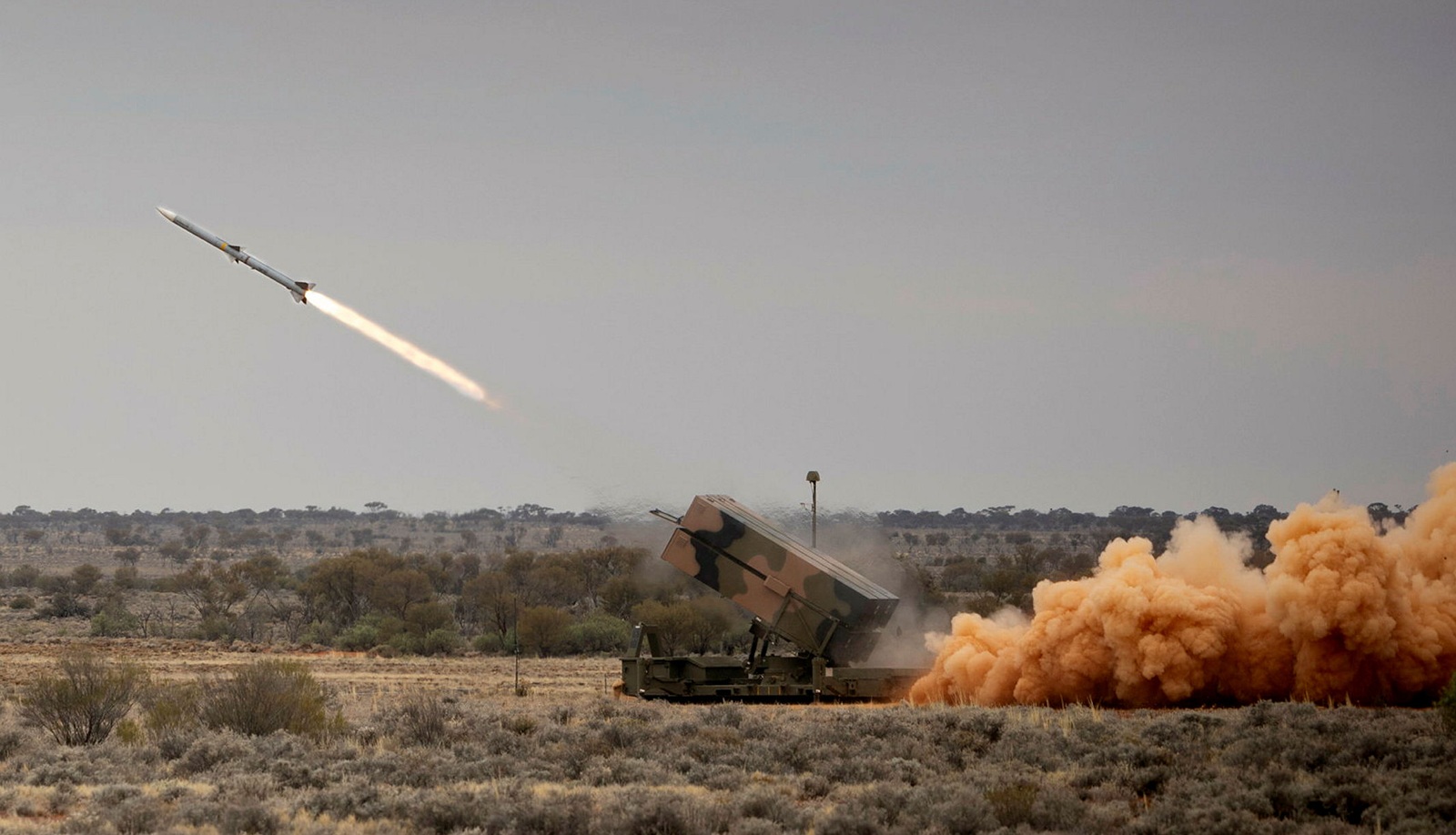
The larger and longer-range AMI-120C-8 AMRAAAM can be launched from an HML or a truck-transportable canister (pictured).
“There were smiles from ear to ear,” 111 Battery HML detachment commander Bombardier Luke Dunbar said of the first AIM-9X launch.
111 Battery Commander Major Fernando Tula Recinos said the capability lifted the regiment’s profile at the strategic and tactical level.
“Our peers in different units are asking us what we can bring to the table and how to integrate us into their plans,” he said. “The buzz is real!”
To support the NASAMS workup and to bolster stocks for the Royal Australian Air Force, the Federal Government announced on 3 July that it had ordered additional AMRAAM and AIM-9X rounds for both services.
The $2.12 billion contract will involve the acquisition of about 200 each of AIM-120C-8 missiles for the army, extended-range AIM-120D-3 missiles for the RAAF, and AIM-9X Block II missiles for both services. The RAAF can employ these missiles from its F-35A Lightning II, F/A-18F Super Hornet and EA-18G Growler combat aircraft.
The missiles’ sale to Australia was approved by the US State Department on 9 April this year. As is typical for a US Foreign Military Sale (FMS), it includes a range of equipment, including containers, spare parts, repair-and-return support, weapons system support and software, publications and technical documentation, transportation support, and US Government and contractor engineering, technical and logistics support.
Minister for Defence Industry Pat Conroy said the new missiles represented a major investment in Australia’s security and underscored the government’s commitment to providing the ADF with the capabilities it needed.
“The ADF’s credible strike and long-range capabilities support our strategy of denial, which aims to deter any conflict before it begins,” he said.
“These additional missiles will help to ensure the ADF’s ability to protect Australians against aerial threats.”


